Blood-Test Breakdowns That Could Make You The Sherlock Holmes of Hematology
Blood tests are more than just routine checkboxes—they’re your body’s personal data stream, revealing the hidden stories beneath how you feel. Far beyond just cholesterol and glucose, your blood holds the clues to your energy, immunity, hormones, organ function, and even the early whispers of disease. Think of it as your internal dashboard—constantly updating, quietly alerting, and always telling the truth. Whether you’re managing a condition, chasing peak performance, or just tired of feeling “off” without answers, decoding your bloodwork can change everything. From red and white blood cells to inflammatory markers, nutrient levels, and metabolic function, each test uncovers a different layer of your body’s internal rhythm. That’s why we’ve expanded our guide to 25 essential blood test breakdowns—demystifying what they mean, why they matter, and how they can help you make smarter, more empowered choices. Because the more you know your numbers, the better you can know—and protect—yourself.
1. Complete Blood Count
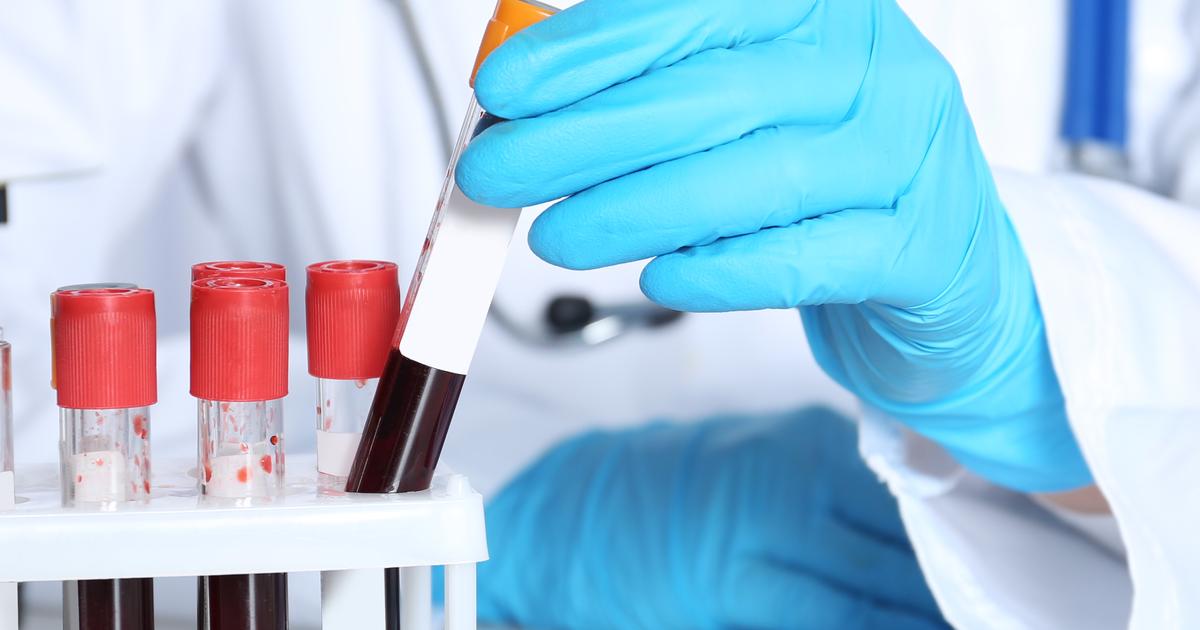
A complete blood count (CBC) is a hematology test that evaluates a patient's overall health. It can be used to detect multiple different disorders, including leukemia, infection, and anemia. These tests review several different aspects of blood. This includes measuring the amount of white blood cells, red blood cells, hemoglobin, and platelets in the makeup of a patient's blood. In addition, they measure the proportion of plasma to red blood cells. If any of these readings are unusual, the hematologist will have a better sense of the underlying condition with which a patient may be dealing. Complete blood counts are used for multiple different reasons. In addition to being a diagnostic tool, they can be used to review overall health during a routine examination, monitor a chronic medical condition, or monitor ongoing medical treatment. If a patient is recovering from a medical condition like cancer, their doctor may order complete blood counts periodically to make sure they have not had any relapses. Complete blood counts are not fasting blood tests. However, patients may need to fast if their doctor needs additional information from the sample.
2. Blood Chemistry Test

A blood chemistry test is another hematology test that measures chemicals found in a blood sample. They help find abnormalities in chemical levels and determine how well an individual's organs are functioning. These tests are also sometimes interchangeably called chemistry panels. Multiple types of chemistry tests are available, and the one a doctor uses will vary depending on the patient's circumstances. The doctor may measure minerals, vitamins, proteins, sugars, hormones, lipids, electrolytes, enzymes, or any combination of them. Electrolyte panels measure minerals, including bicarbonate, phosphate, magnesium, potassium, sodium, and chloride. Renal panels measure the function of the kidneys by seeing how much creatinine and blood urea nitrogen are in the patient's blood. Basic metabolic panels take both electrolyte and kidney readings, and also measure the patient's calcium and glucose. Comprehensive metabolic panels take all of these measurements and also include a liver function test. Blood chemistry tests are used to diagnose conditions, monitor ongoing treatment, and measure the function of organs like the thyroid, liver, and kidneys.
3. Blood Enzyme Test

A blood enzyme test can be a vital diagnostic tool during a medical emergency. Cardiac enzyme tests are used to determine if a patient has had or is currently having a heart attack. The test may also be administered for individuals who have artery blockage symptoms. These include chest pain, shortness of breath, weakness and tiredness, dizziness, cool and clammy skin, sweating, and nausea or vomiting. When the heart undergoes severe stress, the muscle can become damaged. The damaged muscle releases enzymes into the bloodstream. Following a heart attack, these enzymes can reach high levels. If a doctor finds high enzyme levels in the patient's blood, they know there is a serious issue. Cardiac tests often measure the enzyme troponin. Even after the other released enzymes return to normal, troponin will continue to be in high concentrations in the blood. The results from these tests tend to come in quickly since they are a response to an urgent medical condition. Doctors may repeat the test a few times to monitor how the patient's enzyme levels change.
4. Blood Glucose Test
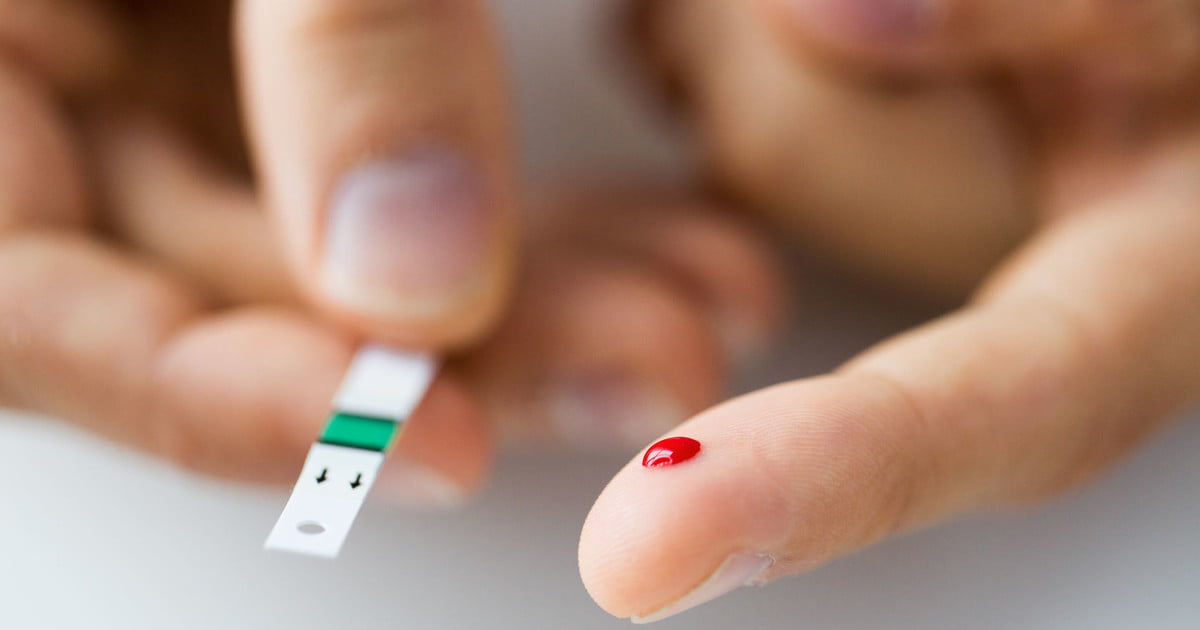
Blood glucose tests measure the glucose levels in the blood. Glucose is a simple sugar that cells use for energy. When individuals eat carbohydrates, their body converts them into glucose. These tests are most commonly ordered for individuals with a form of diabetes, such as gestational diabetes, type 1 diabetes, and type 2 diabetes. The test may also be used to diagnose or check for the presence of diabetes. Diabetes causes high blood glucose levels, which can damage a patient's internal organs and cause death if untreated. The body controls blood sugar with the hormone insulin. With diabetes, the patient's body either does not create enough insulin or does not create properly working insulin. Since the insulin is not converting carbohydrates to usable energy, they build up in the blood and cause toxic reactions. Some patients may also have a blood glucose test done to determine if they have hypoglycemia, which occurs when their blood glucose is low. After a diabetes diagnosis, patients may have regular glucose tests to monitor their blood sugar and make sure their treatment is working.
5. Cholesterol Test
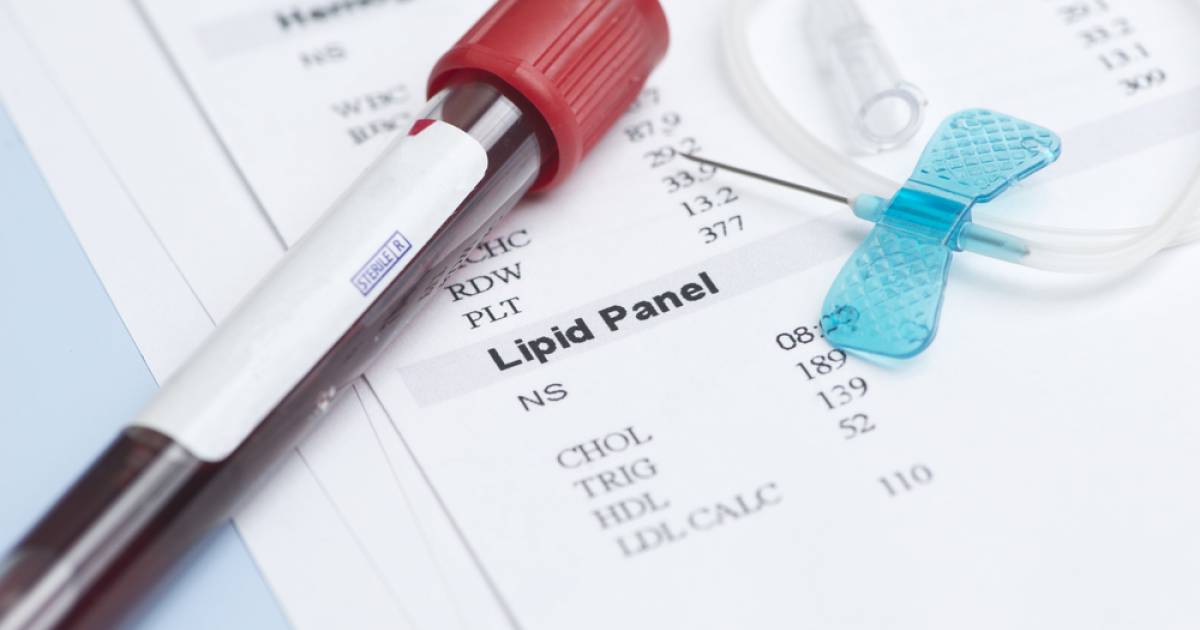
A lipid profile, lipid panel, or complete cholesterol test measures how many triglycerides and how much cholesterol is in an individual's blood. Cholesterol tests are used to determine the extent of a patient's risk of heart disease. High cholesterol can cause plaques to build up in the arteries, which can lead to a narrowing or blockage that could be life-threatening. Individuals with high cholesterol readings tend to have significantly higher risks of developing coronary artery disease. A complete cholesterol panel measures four lipids found in the blood. Patients will get a total cholesterol reading that measures their blood's cholesterol content. This is broken down further into high-density lipoprotein (HDL) cholesterol readings, low-density lipoprotein (LDL) cholesterol readings, and triglyceride readings. LDL cholesterol leads to plaque buildup in the arteries. However, HDL cholesterol carries LDL cholesterol away and keeps arteries unblocked.
6. Hemoglobin Testing

Hemoglobin is a vital protein in red blood cells. It is responsible for carrying oxygen to organs and other tissues and bringing carbon dioxide back to the lungs. Hemoglobin testing involves measuring the amount of hemoglobin an individual has in their blood. In most cases, individuals will undergo hemoglobin testing as part of a complete blood count. However, this test can be isolated as well. Doctors will often order a hemoglobin test if the patient is dealing with abnormal fatigue, dizziness, weakness, or shortness of breath. These symptoms may indicate that a patient has an underlying medical condition, such as anemia or polycythemia vera. A patient's hemoglobin will be low if they have anemia. It will be elevated for polycythemia vera. Hemoglobin testing is also helpful when patients are undergoing treatment for both conditions, as it allows doctors to assess the effectiveness of their treatment.
7. Renal Profiling
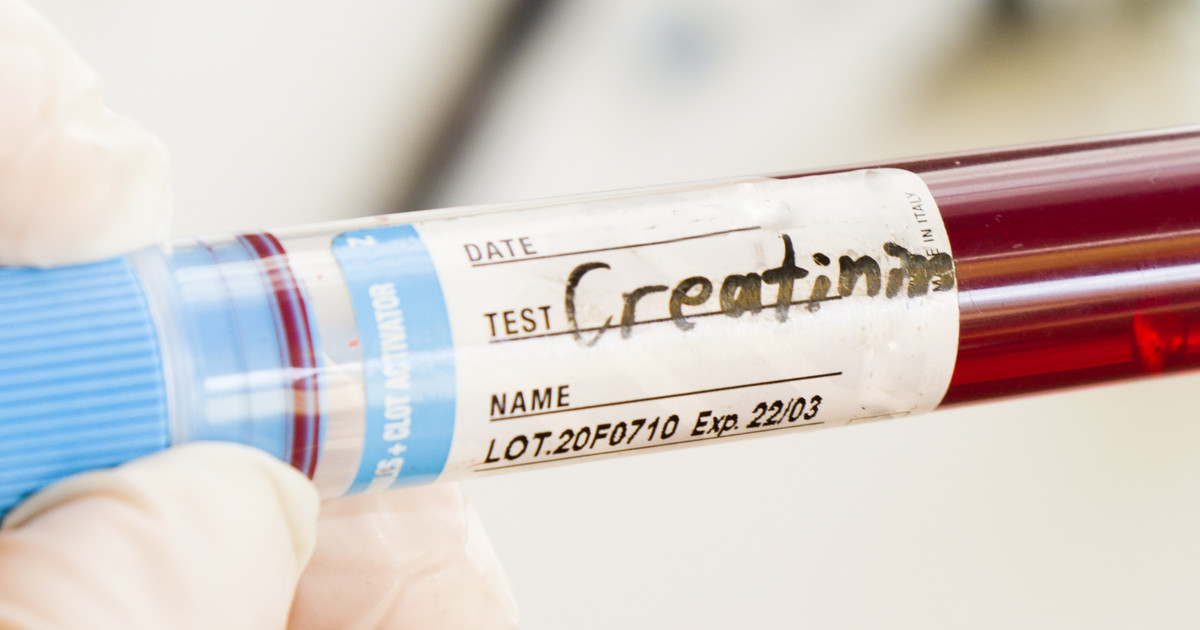
Renal profiling, sometimes referred to as a renal panel, is a type of blood chemistry test. This hematology test examines the levels of blood urea nitrogen and creatinine, both of which are crucial in kidney function. Renal profiling will provide doctors with an accurate idea of how well a patient's kidneys are functioning. This test is typically performed when doctors are concerned that their patients may have a condition that is affecting their kidneys. For instance, patients with elevated blood urea nitrogen may have kidney damage, kidney disease, or kidney failure. Elevated levels can also indicate dehydration, kidney stones, stroke, or heart attack. Patients may be asked to fast for eight to twelve hours before renal profiling. It is also common to require more than one test if levels are only slightly out of the normal range.
8. Bone Marrow Biopsy

Overall, a bone marrow biopsy is not a common test in that most individuals never get one. However, it is a common test for hematologists, as they conduct them fairly frequently. This test involves taking a sample of the patient's bone marrow for examination. In it, a healthcare professional will insert a small needle into a large bone and draw bone marrow into the needle. They will give this sample to the lab, where it is thoroughly analyzed. Bone marrow biopsies can confirm various diseases, including anemia, abnormal clotting or bleeding issues, and various forms of cancer. The types of cancer this test can help diagnose include multiple myeloma, leukemia, and lymphoma. A bone marrow biopsy can also detect if another type of cancer has spread to the patient's bone marrow from another part of their body.
9. Prothrombin Time Test
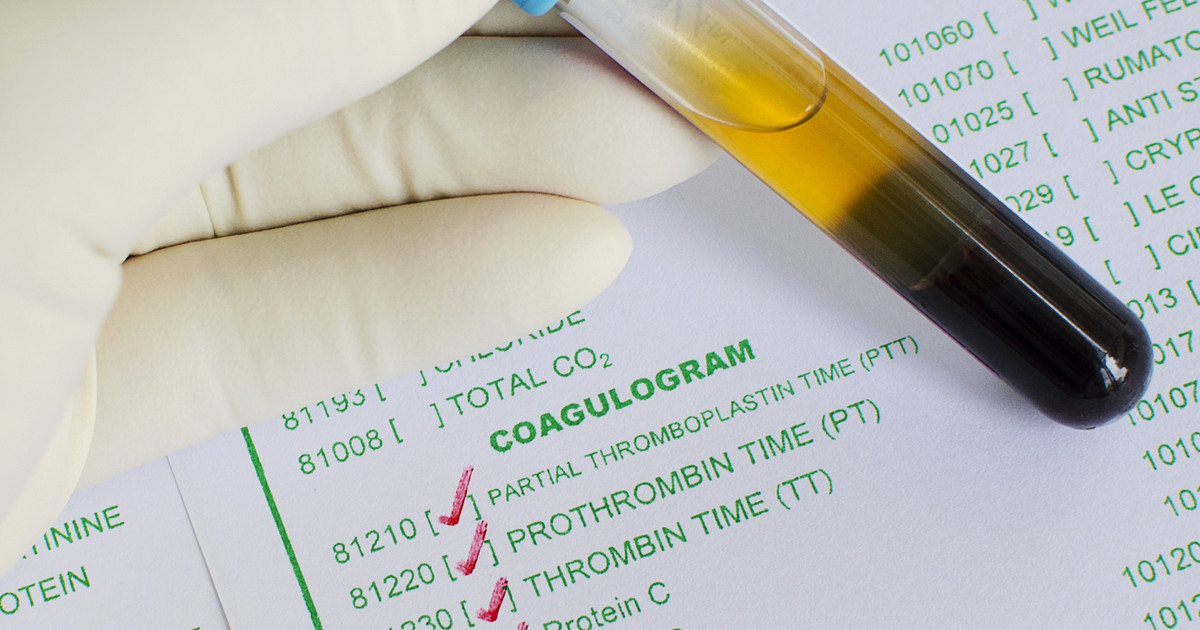
Prothrombin, a protein in the blood, is a vital factor in helping blood clot normally. The liver is responsible for producing it. Thus, a prothrombin time test is a hematology test to evaluate blood clotting time in a patient. Doctors will order regular prothrombin time tests for their patients who are taking warfarin, a common anticoagulant. The tests can be ordered for patients on other anticoagulants as well. Doctors may also recommend a prothrombin time test before surgery if they are concerned about their patient's blood clotting ability. This test is also helpful for evaluating patients for liver disease. It is often used as a part of screening patients for liver transplants. Finally, although a prothrombin time test is helpful for identifying potential health conditions, doctors often need additional tests to confirm conditions such as a bleeding disorder or liver issues.
10. Blood Transfusions

Although it is not a test like many of the others, blood transfusions are a common hematology procedure. Blood transfusions involve patients receiving donated blood through a narrow tube inserted into one of the veins in their arm. These transfusions can be life-saving. They help patients who have lost blood due to a serious injury or during surgery. Blood transfusions are also incredibly helpful for patients with a blood disorder in which their body cannot make certain blood components properly. For instance, blood transfusions are common among hemophilia patients and those with von Willebrand disease, both of which mean a patient's blood lacks certain clotting factors. Thankfully, blood transfusions do not often have complications. In the rare event that they do occur, complications are usually mild.
11. Erythrocyte Sedimentation Rate (ESR): The Inflammation Barometer
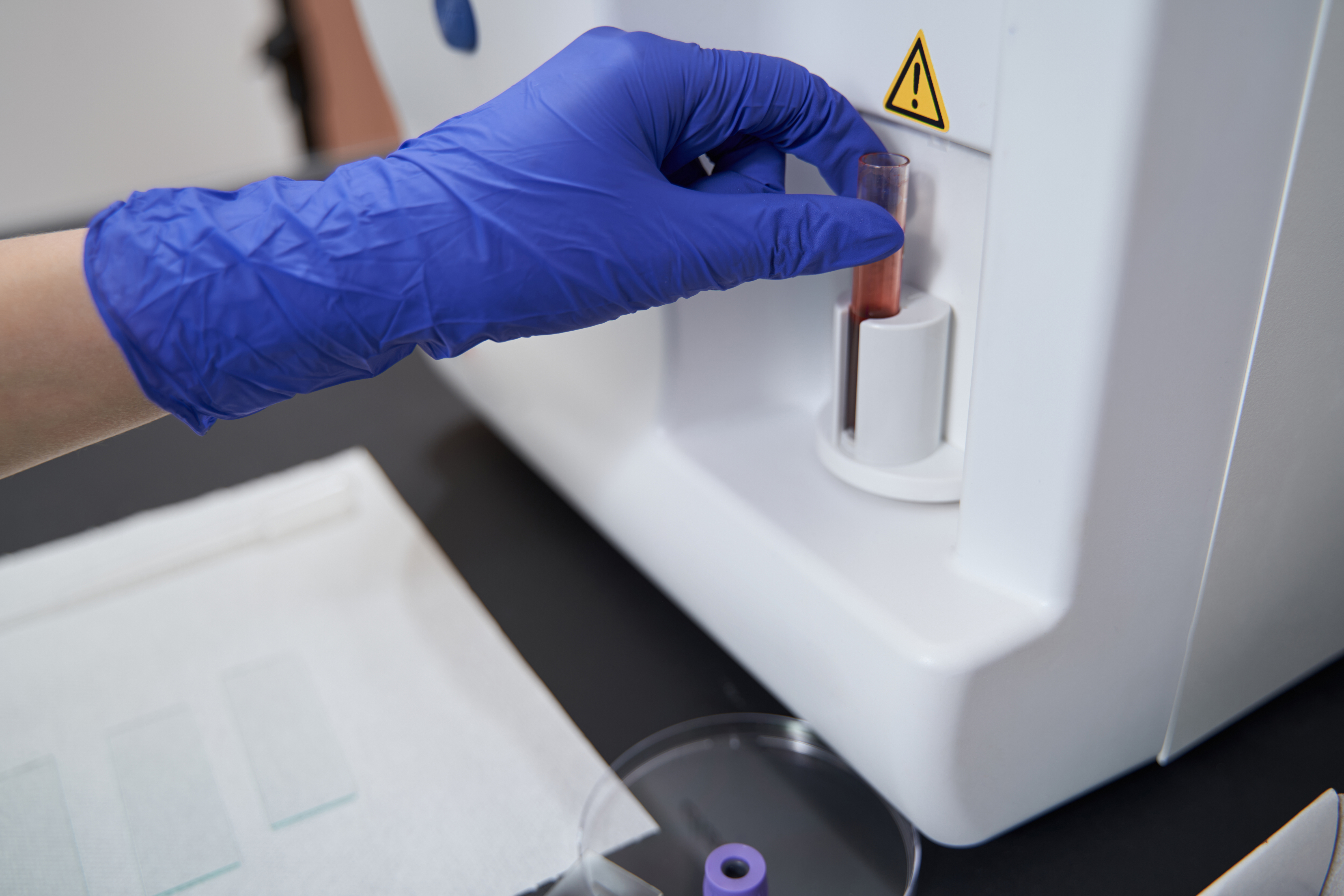
Beyond simply indicating infection, an Erythrocyte Sedimentation Rate (ESR) test acts as a general barometer for inflammation within your body. It measures how quickly red blood cells settle in a test tube over an hour. A faster rate suggests inflammation, often linked to conditions like arthritis, autoimmune diseases (e.g., lupus), or even certain cancers. While non-specific, a high ESR prompts further investigation, helping pinpoint the source of systemic inflammation, often before more distinct symptoms appear, guiding diagnosis and monitoring treatment effectiveness.
12. C-Reactive Protein (CRP) Test: Your Body's Acute Alarm System
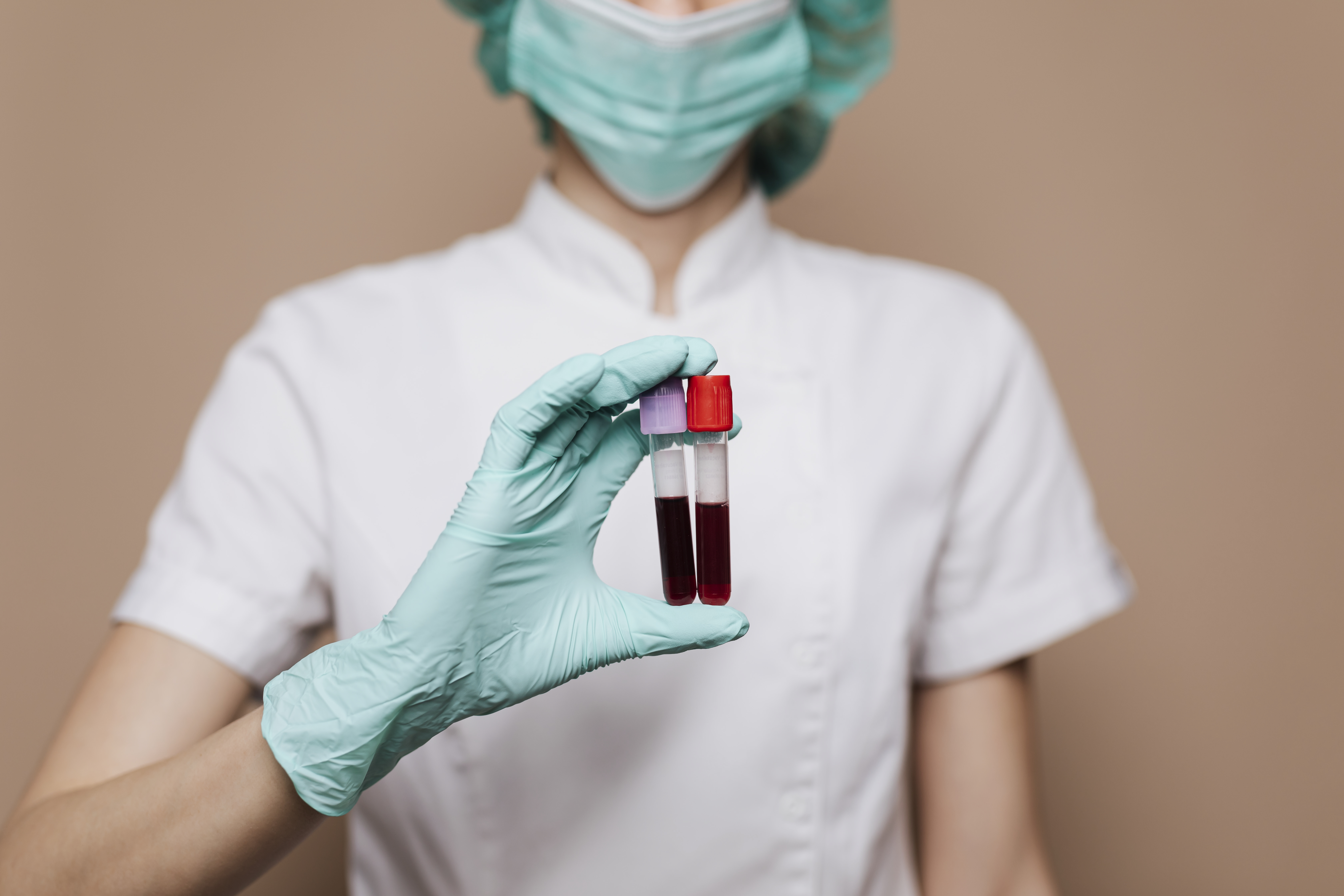
Often ordered alongside or instead of ESR, the C-Reactive Protein (CRP) test is a more sensitive and rapid indicator of acute inflammation. Produced by the liver in response to inflammation, high CRP levels can signal bacterial infections, inflammatory bowel disease, or even increased risk of cardiovascular events. A high-sensitivity CRP (hs-CRP) specifically aids in assessing heart disease risk, providing a crucial, actionable insight into your body's inflammatory burden and guiding preventative strategies or urgent intervention.
13. Ferritin Test: Unmasking Iron Storage Secrets
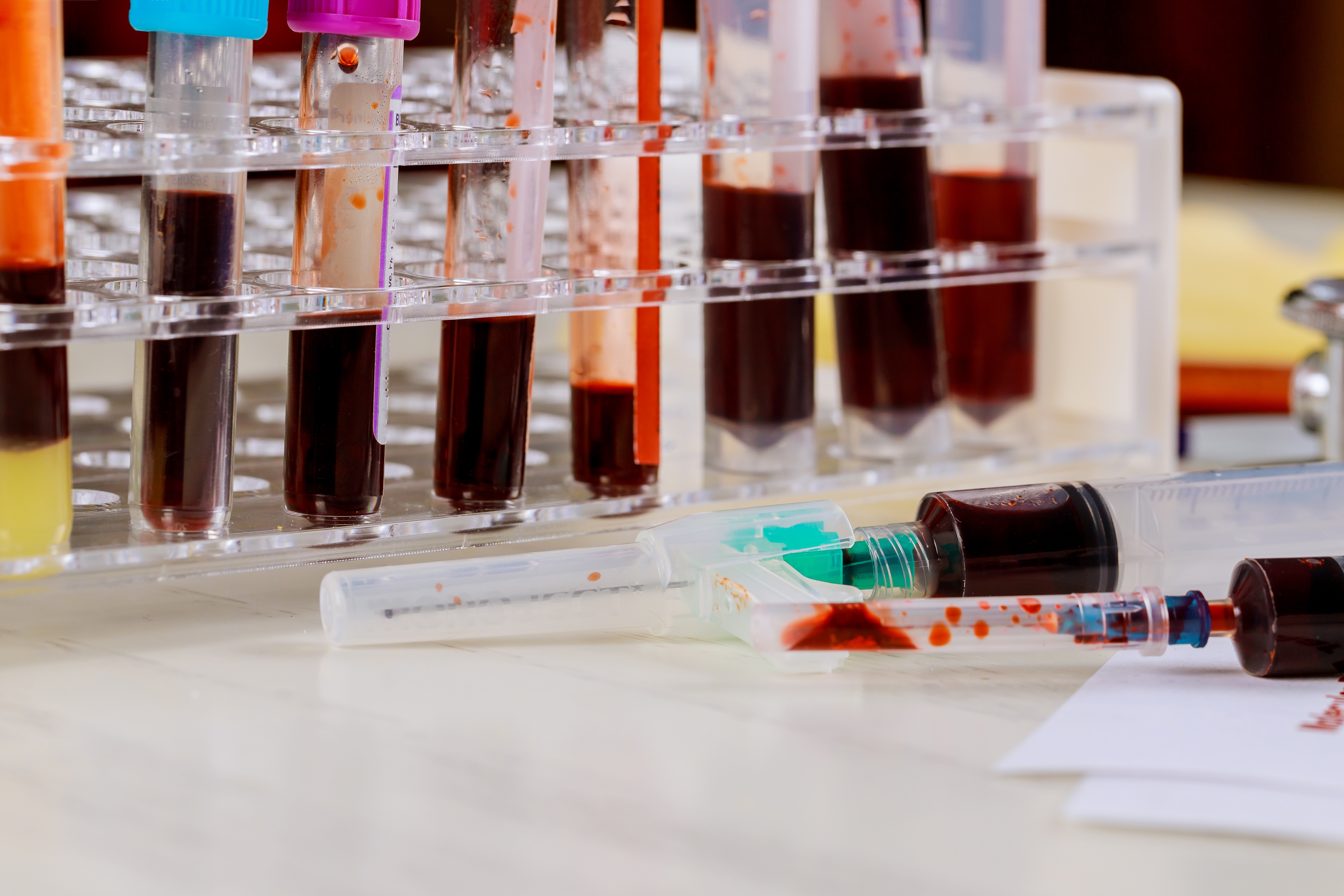
While a CBC checks hemoglobin, the Ferritin test goes deeper, measuring the amount of iron stored in your body. This is crucial for diagnosing iron deficiency (the most common cause of anemia) long before hemoglobin levels drop, or conversely, detecting iron overload conditions like hemochromatosis. Ferritin levels directly reflect your iron reserves, acting as a more precise diagnostic tool for iron-related disorders than just a hemoglobin count alone, guiding tailored treatment from diet changes to chelation therapy.
14. Vitamin B12 & Folate Tests: Energy and Nerve Health Unveiled
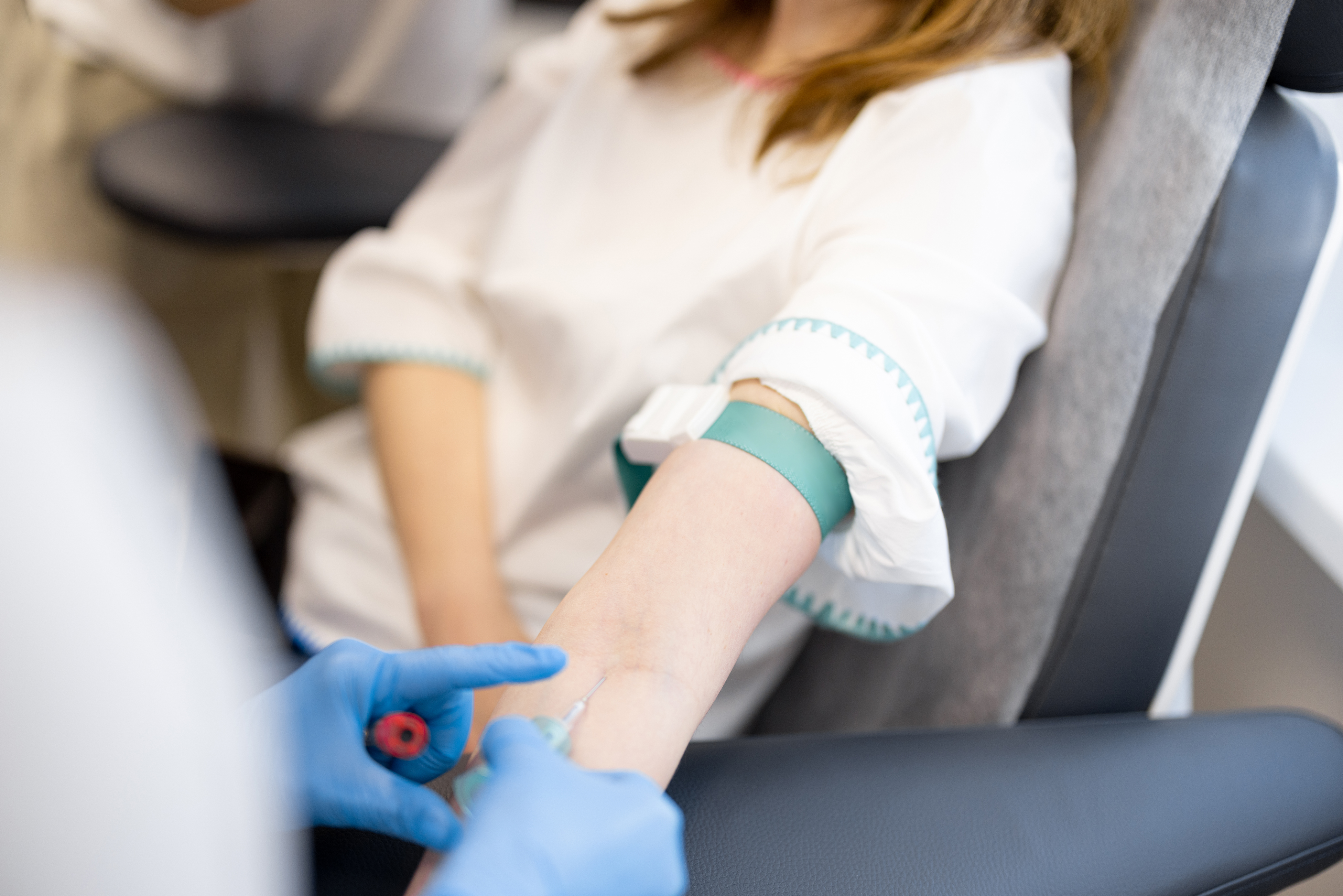
Beyond anemia, deficiencies in Vitamin B12 and Folate (Vitamin B9) can severely impact nerve function, energy levels, and mood. These tests are critical when a CBC shows larger-than-normal red blood cells (macrocytic anemia) or when neurological symptoms like numbness or tingling appear. Since B12 is primarily found in animal products, vegetarians and vegans are often screened. These insights guide dietary adjustments, supplementation, or injections, vital for optimal cellular function and preventing irreversible nerve damage.
15. D-dimer Test: Decoding Clotting's Aftermath
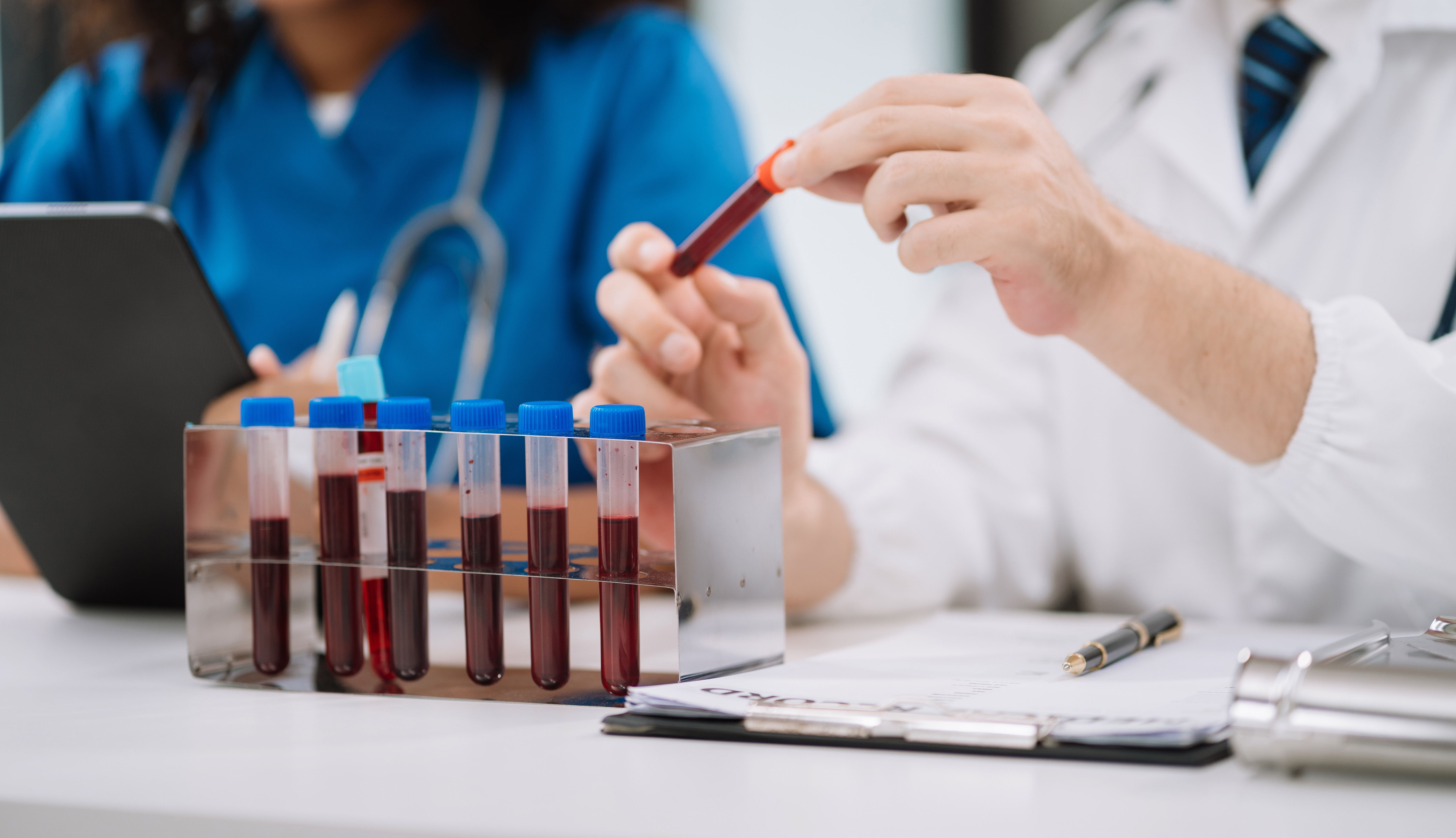
When the body forms and then breaks down blood clots, it produces D-dimer fragments. This test doesn't detect a clot itself, but rather its breakdown products. A high D-dimer can indicate a recent or ongoing blood clot, such as deep vein thrombosis (DVT) or pulmonary embolism (PE), even if symptoms are vague. While a positive result requires further imaging, a negative D-dimer effectively rules out a clot in many cases, saving patients from unnecessary, invasive procedures and rapidly guiding emergency diagnostics.
16. Thyroid Stimulating Hormone (TSH) Test: Your Metabolic Maestro
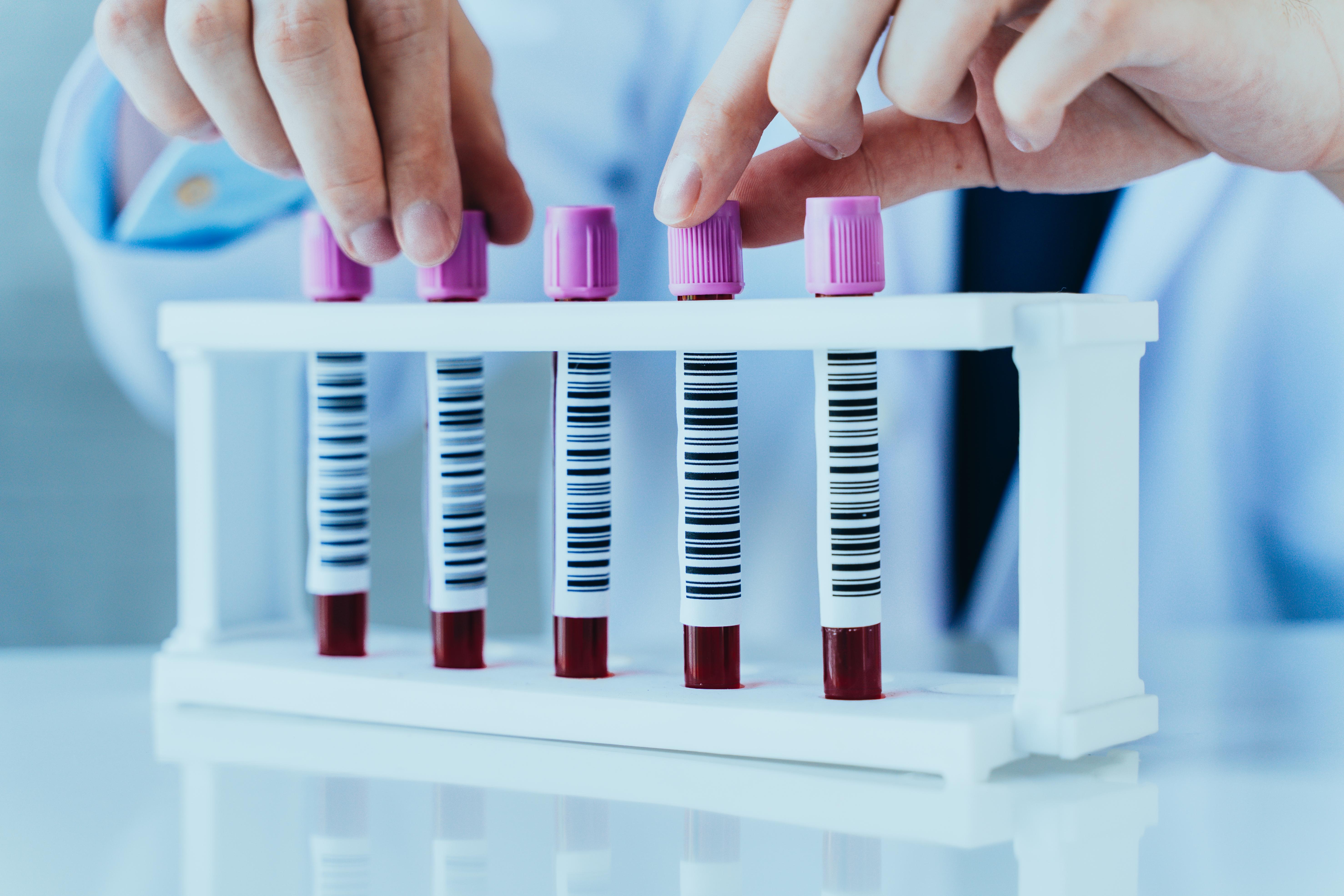
Though technically a hormone test, the TSH test is a pivotal blood measurement for assessing thyroid gland function, which profoundly impacts metabolism, energy, weight, and mood. TSH is produced by the pituitary gland to stimulate the thyroid. Abnormal TSH levels (too high or too low) often point to hypothyroidism (underactive) or hyperthyroidism (overactive). This single blood draw offers a crucial window into your body's metabolic engine, diagnosing a common and treatable cause of fatigue, weight changes, and other systemic issues.
17. Celiac Disease Panel: Decoding Gluten's Impact
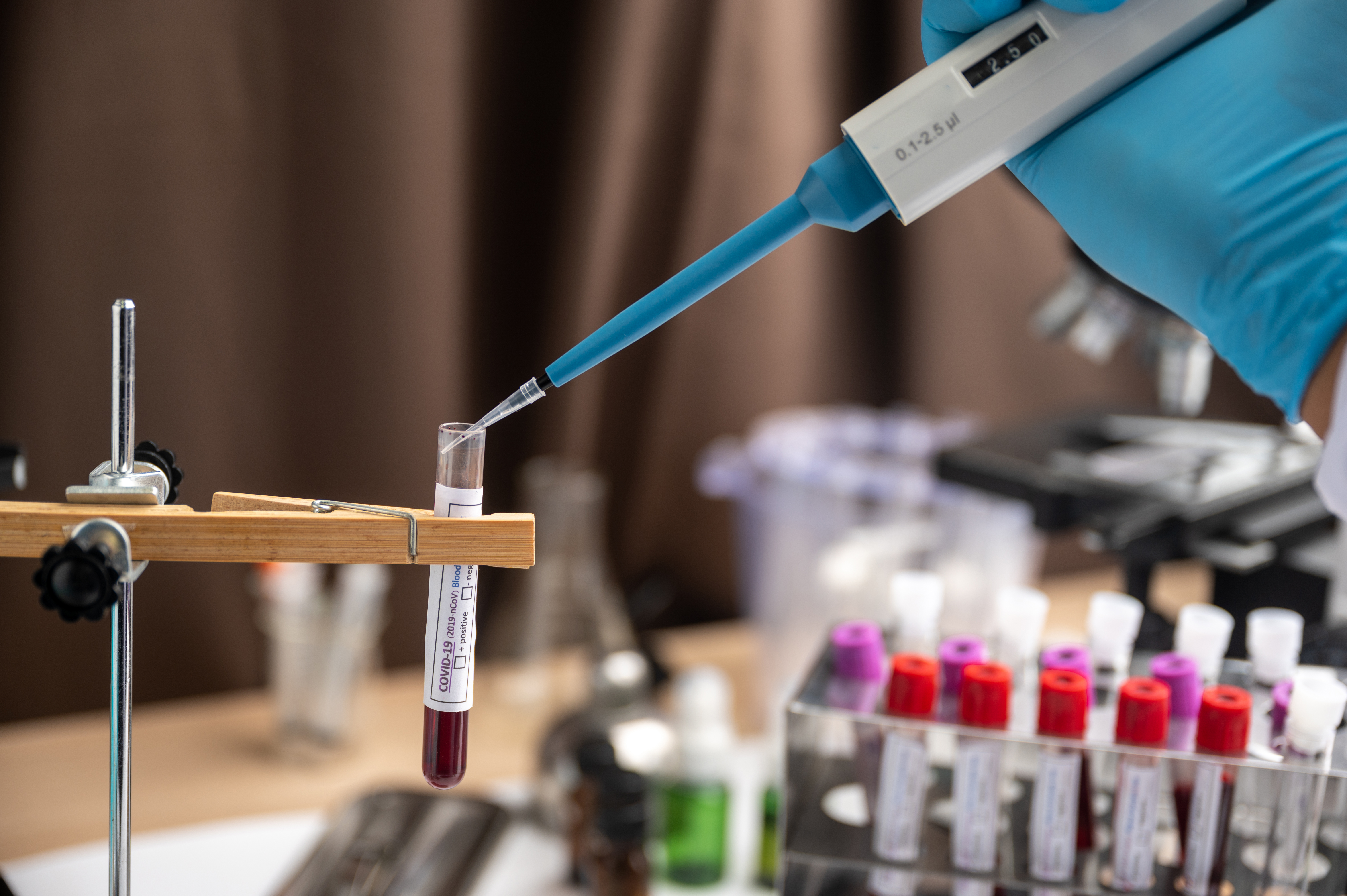
For those with digestive issues, unexplained fatigue, or skin problems, a Celiac Disease Panel can be a game-changer. This blood test specifically looks for antibodies (e.g., tTG-IgA, EMA) produced when the immune system reacts to gluten, damaging the small intestine. A positive result strongly indicates celiac disease, necessitating a gluten-free diet. This specific blood panel provides a non-invasive initial screening, guiding further diagnostic steps like biopsy and offering relief from debilitating symptoms by identifying the underlying cause.
18. HbA1c (Glycated Hemoglobin) Test: Your Long-Term Blood Sugar Picture

Unlike a single blood glucose snapshot, the HbA1c test offers a 2-3 month average of your blood sugar levels. Hemoglobin in red blood cells becomes "glycated" when it binds with glucose, and the HbA1c measures this percentage. It's invaluable for diagnosing prediabetes and diabetes, and for monitoring diabetes management effectiveness, as it reflects long-term glucose control. This test provides a stable, comprehensive picture of blood sugar health, less affected by recent meals, making it a powerful tool for chronic disease management and risk assessment.
19. Electrolyte Panel: Balancing Your Body's Electrical System

An electrolyte panel (measuring sodium, potassium, chloride, and bicarbonate) provides crucial insights into your body's fluid balance, kidney function, and overall electrical system. These minerals are vital for nerve signals, muscle contractions, and hydration. Abnormal levels can indicate dehydration, kidney problems, heart conditions, or medication side effects. This simple blood test can be critical in emergency situations, helping doctors rapidly assess a patient's metabolic state and guide immediate interventions for conditions like severe vomiting, diarrhea, or heart arrhythmias.
20. Lactate Dehydrogenase (LDH) Test: General Tissue Damage Indicator
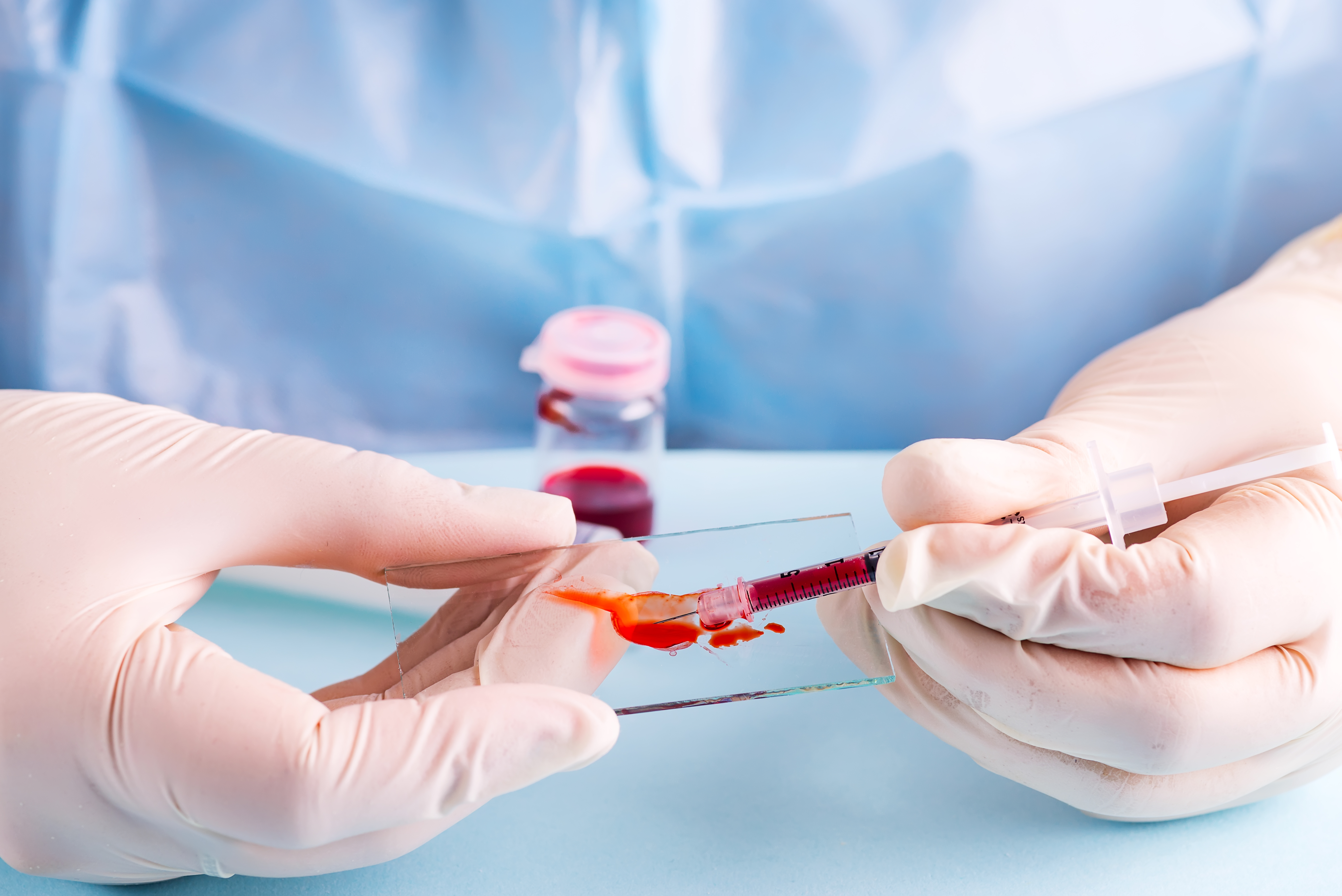
The Lactate Dehydrogenase (LDH) test measures an enzyme present in nearly all body tissues. While not specific to one organ, elevated LDH levels often indicate tissue damage or disease, as cells release LDH into the bloodstream when injured. It can be a non-specific marker for conditions ranging from heart attack and lung disease to liver damage, certain cancers, and muscle injury. Used in conjunction with other tests, LDH provides a helpful general indicator of cellular distress, prompting further investigation to identify the source of the problem.
21. ANA (Antinuclear Antibody) Test: Your Autoimmune Alarm
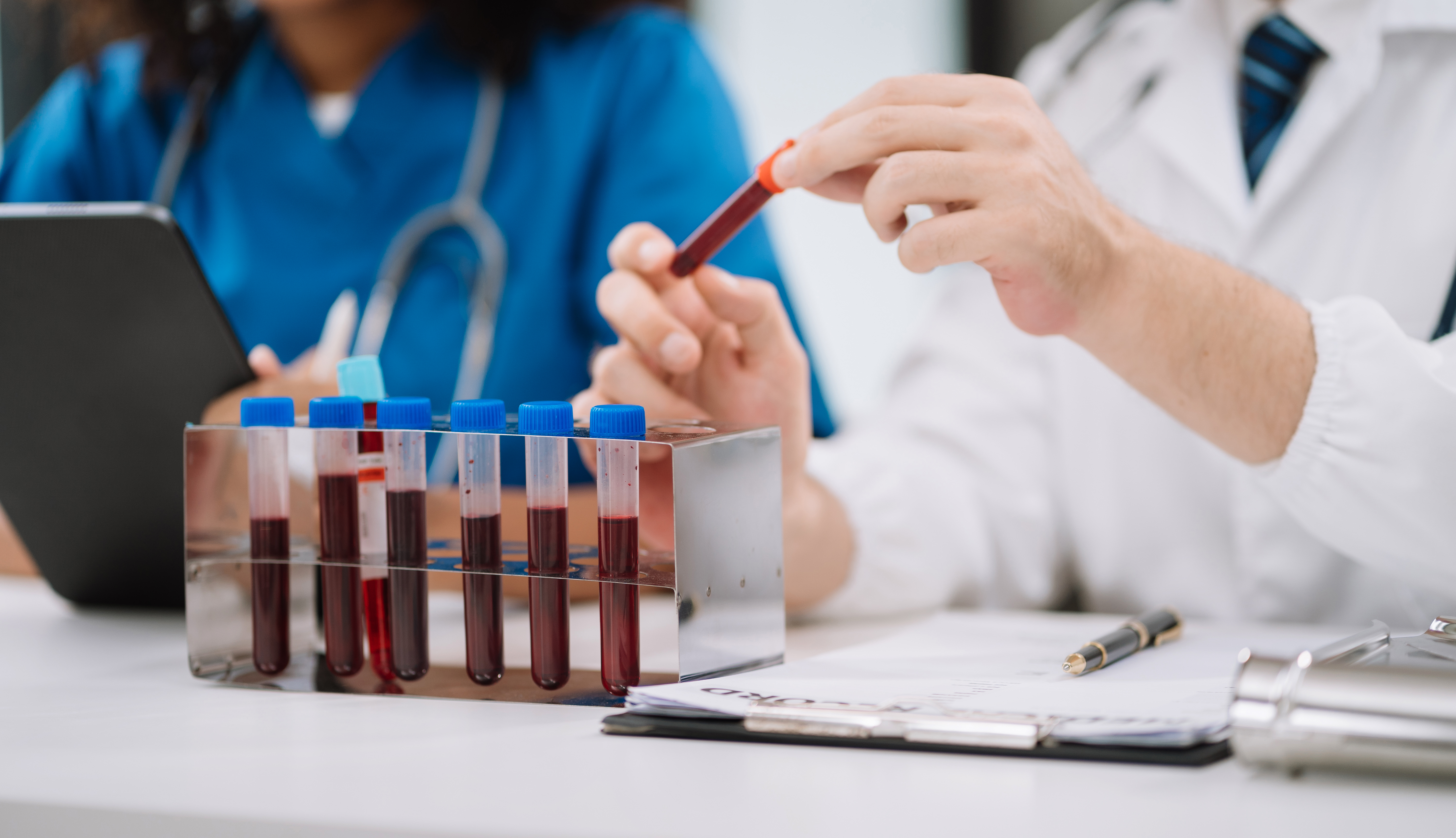
The ANA test checks for antinuclear antibodies—proteins your immune system mistakenly produces to attack your own cells. While a positive result doesn’t confirm a disease, it’s often the first clue pointing to autoimmune disorders like lupus, Sjögren’s syndrome, or rheumatoid arthritis. If you’re dealing with chronic fatigue, joint pain, rashes, or unexplained fevers, this test helps initiate deeper investigation. It’s not a standalone diagnosis, but a red flag that your immune system may be in overdrive. When paired with symptom tracking and follow-up panels, the ANA test is a key player in unraveling hidden autoimmunity.
22. Homocysteine Test: Heart Risk Hiding in Plain Sight
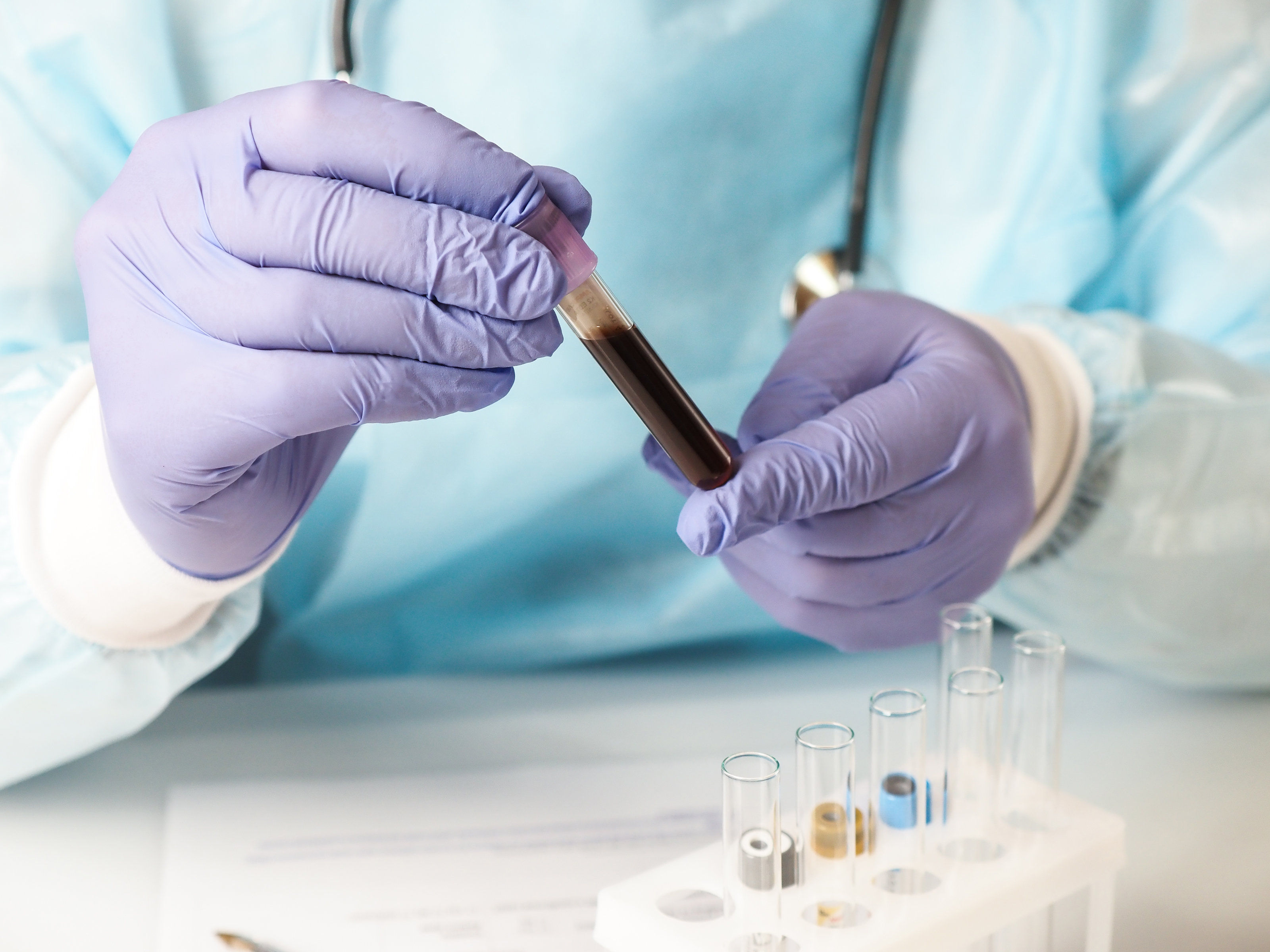
Homocysteine is an amino acid your body uses in small amounts—but when levels get too high, it can quietly damage blood vessels and increase the risk of heart attack, stroke, and blood clots. A homocysteine test is especially useful for those with a family history of cardiovascular disease, or with unexplained fatigue, brain fog, or mood swings. Elevated levels may also signal B-vitamin deficiencies (especially B6, B12, and folate), which are crucial for homocysteine regulation. This simple test can help you catch—and correct—underlying imbalances before they lead to serious vascular problems.
23. Magnesium Blood Test: The Underestimated Mineral
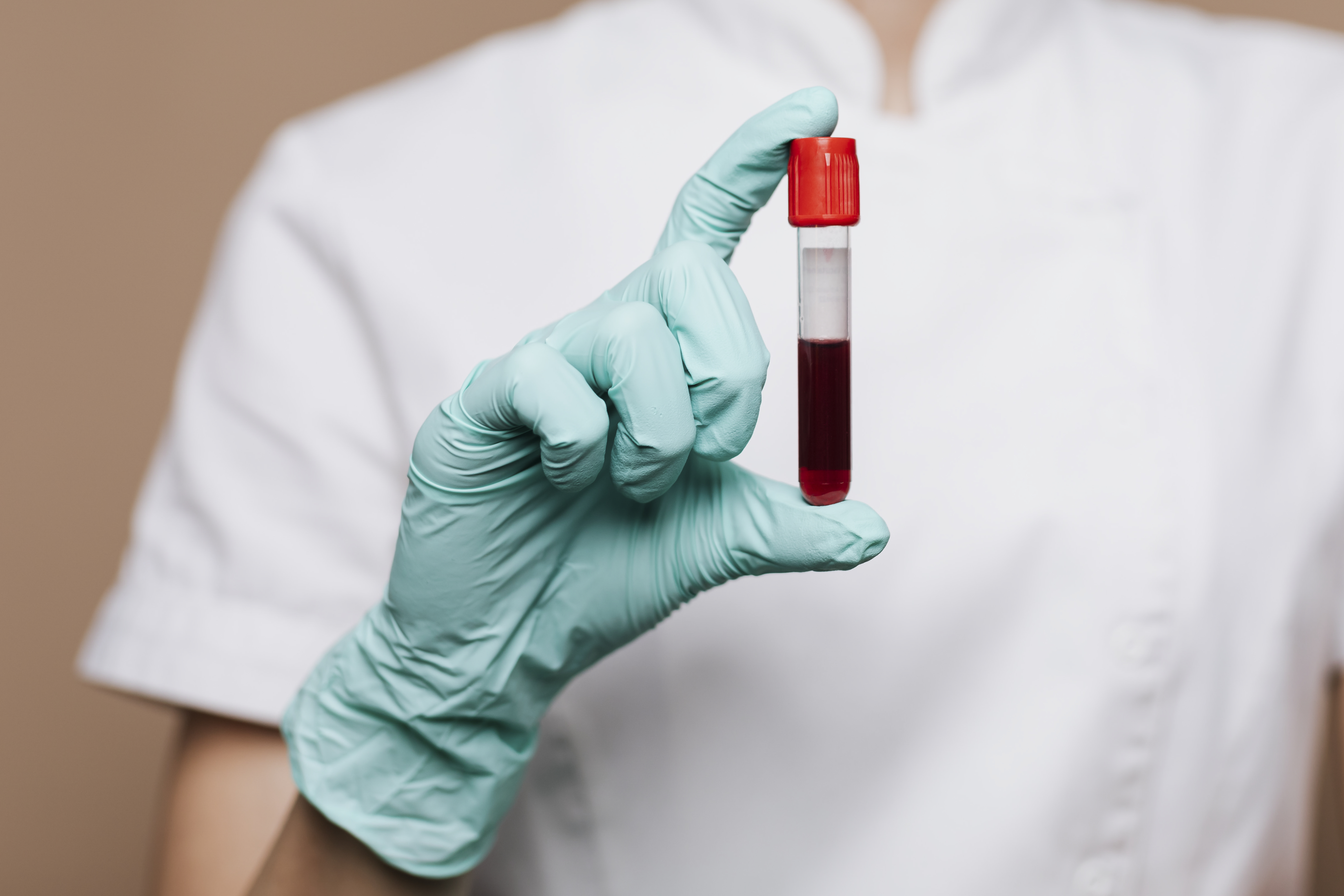
Magnesium supports over 300 biochemical reactions in the body—from muscle function and nerve signaling to blood pressure and bone health. Yet deficiencies are often missed because symptoms (like anxiety, cramps, fatigue, or sleep issues) are vague. A magnesium blood test can reveal whether low levels are silently sabotaging your energy, mood, or metabolic health. This is especially important for people on diuretics, proton pump inhibitors, or those with diabetes, digestive disorders, or chronic stress. Testing magnesium levels can be the missing link in unexplained symptoms and an easy first step toward better overall balance.
24. Zinc Test: Immunity, Skin, and Beyond
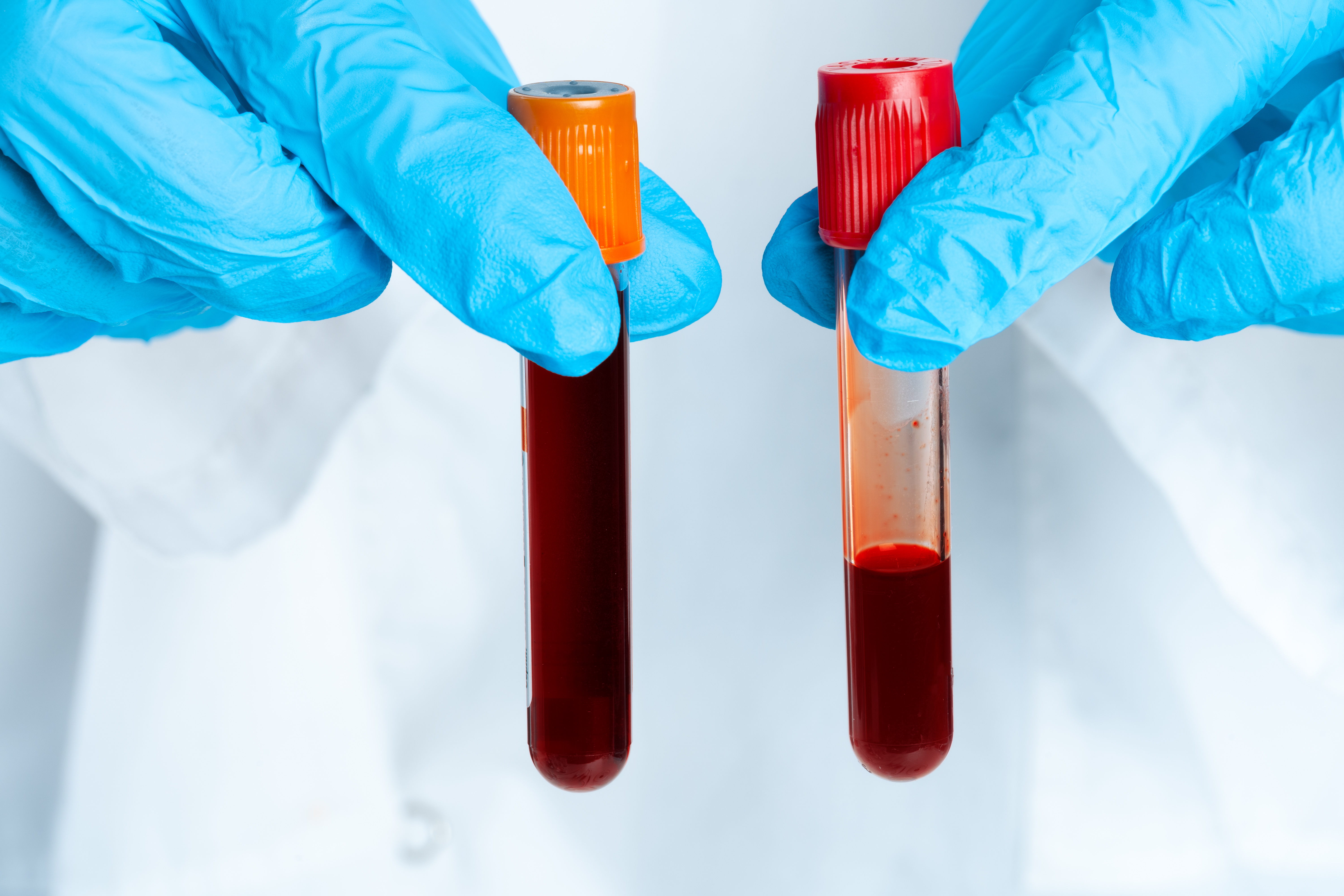
Zinc plays a crucial role in immune defense, wound healing, skin health, and even taste and smell perception. But because it’s a trace mineral, deficiencies can fly under the radar—leading to frequent colds, hair loss, brain fog, or poor recovery from illness. A zinc test measures serum levels and helps identify deficiencies that may stem from poor absorption (like in IBS or Crohn’s) or dietary gaps. Especially important for vegetarians, older adults, or those with high stress, this test empowers you to optimize a mineral that silently shapes your body’s ability to heal, defend, and thrive.
25. Lipoprotein(a) Test: The Genetic Cholesterol Threat
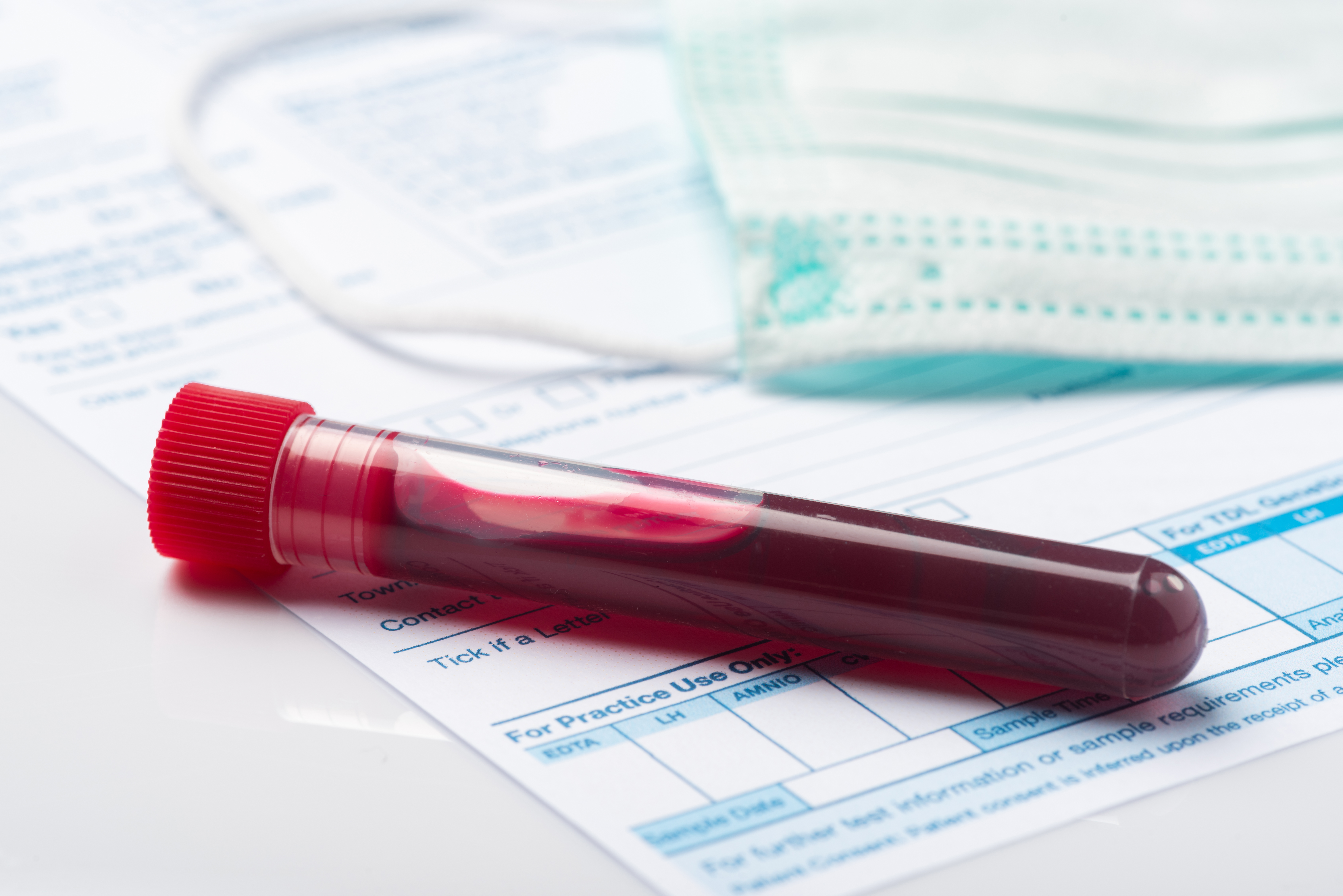
Lipoprotein(a)—or Lp(a)—is a lesser-known type of “bad” cholesterol that’s largely genetic and often missed by standard lipid panels. High levels significantly raise your risk of heart disease and stroke, even if your LDL and HDL look normal. Since Lp(a) doesn’t respond well to diet or exercise, knowing your number early can help you and your doctor strategize more targeted interventions, like medication or lifestyle upgrades that lower overall cardiovascular risk. If you have a family history of early heart disease or unexplained cholesterol issues, this test offers powerful clarity—before symptoms ever show up.
Know Your Numbers, Change Your Future

Your blood doesn’t lie—it quietly records every stress, imbalance, and triumph inside your body. These 25 essential blood tests aren’t just diagnostics; they’re roadmaps to understanding the deeper rhythms of your health. From energy slumps and mysterious symptoms to silent risks hiding beneath the surface, each test offers a unique lens into what your body is trying to tell you. And when decoded correctly, these numbers empower you to act—not react. Whether you’re chasing peak performance, managing a condition, or simply tired of feeling “off,” the answers are already in your bloodstream. The key is learning how to read them. Don’t wait for a crisis to start asking questions. Use this guide as your blueprint, talk to your doctor, and start tracking what really matters. Because knowing your numbers isn’t just about data—it’s about taking ownership of your health, one drop at a time. The future of your wellness starts here.